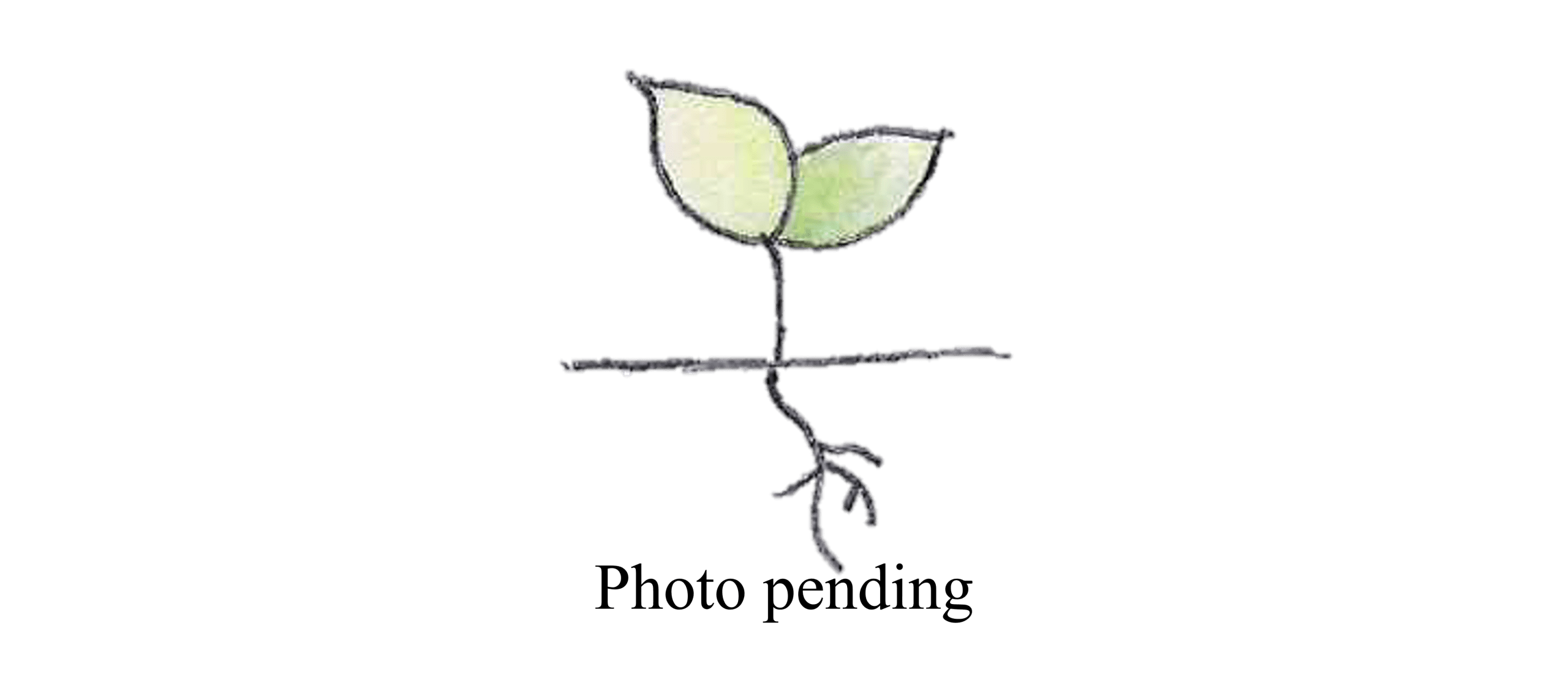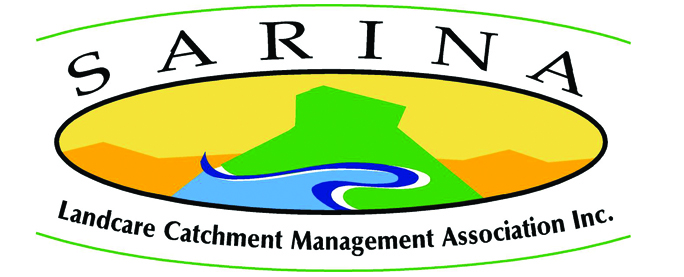Coastal jack bean
Canavalia rosea, Fam. Fabaceae

Trailing perennial with stems up to several meters long.
| Weed Category: | |
| Weed: | No |
| Form or habit: | Vine (Climbing, Twining or groundcover) |
| Family: | Fabaceae |
| Leaf: | Trifoliate with somewhat rounded, dark green leaflets up to 11.5 x 10cm. |
| Flower conspicuous: | Conspicuous |
| Flower colour: |
Purple, Pink |
| Flower description: | Axillary racemes of purple pink pea flowers. March to October. |
| Fruit conspicuous: | Conspicuous |
| Fruit colour: |
Brown |
| Fruit: | |
| Fruit description: | Pods, brown and woody when ripe, up to 15 x 2.5cm compressed with a rib around each margin, on both sides and an additional rib below the upper margin. Hard seed coat. August to December. |
| Habitat: | Beach strand, coastal dune. |
| Distribution | Queensland, New South Wales, Northern Territory, Western Australia, New Guinea, Melanesia, Malesia, Asia, Pacific Islands, America. |
| Food source for: | |
| Toxicity: | Raw pods and seed are poisonous. |
| Origin: | Australia, New Guinea, Melanesia, Malesia, Asia, Pacific Islands, America. |
| Notes: | Important species for dune stabilisation. Requires well drained, sandy soil and plenty of light. Seed float and are spread by currents. Grow for scarified seed and possibly cuttings. Immature pods and mature seed may be eaten when thoroughly cooked but are poisonous if eaten raw. Used by Aborigines to treat rheumatism, by rubbing an infusion of the mashed root into the affected area. |
| Information sources: | Melzer R. & Plumb J. (2007) Plants of Capricornia. |



